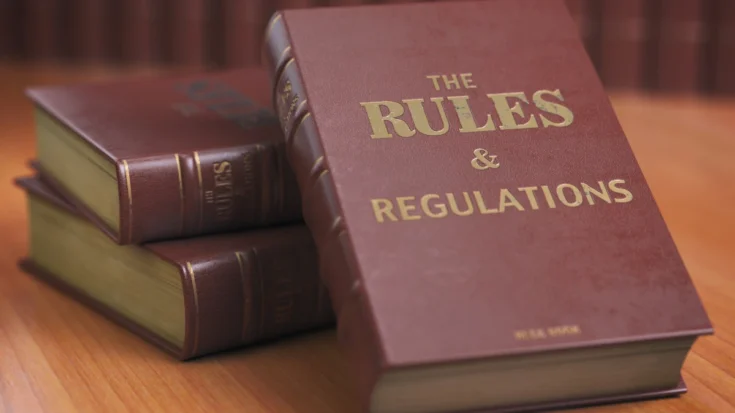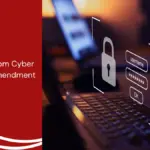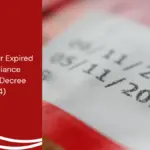As we know, previously Indonesia only had the technical standard of Wireless Local Area Network (WLAN), which is regulated by PERDIRJEN SDPPI NO 02 TAHUN 2019.
However, the Ministry of Communication and Digital Affairs (KOMDIGI) on January 15th, 2025 released KEPMEN KOMDIGI NO 12 TAHUN 2025. This unused control talks particularly approximately the unused issue of Radio Local Area Network (RLAN) technical requirements in Indonesia.
The modern issue of RLAN specialized prerequisite in Indonesia automatically was changing the control. One of the new issued RLAN technical requirements in Indonesia is almost the recurrence of RLAN.
Also Read
This article will educate you about the changing control of the new issued RLAN technical requirements in Indonesia which is controlled by KEPMEN KOMDIGI NO 12 TAHUN 2025.
Table of Contents
Regulation on PERDIRJEN SDPPI NO 02 TAHUN 2019

In the past direction which was directed by PERDIRJEN SDPPI NO 02 TAHUN 2019, the admissible WLAN groups are still restricted to:
- 2400 – 2483.5 MHz (For Indoor and Open air Use)
- 5150 – 5250 MHz (For Indoor Utilize Only)
- 5250 – 5350 MHz (For Indoor Utilize Only)
- 5725 – 5825 MHz (For Indoor and Open air Use)
With the progression of WLAN or RLAN innovation, the assignments said over are not sufficient. We require indeed more extensive allotments to allow room for modern innovation to evolve.
That’s why this January, KOMDIGI distributed the unused direction called “KEPMEN KOMDIGI NO 12 TAHUN 2025” concerning “Radio Recurrence Range Based on Lesson Permit and Specialized Benchmarks of Media Transmission Instruments And/or Media Transmission Gadgets for Radio Nearby Region Networks”.
Updates From KEPMEN KOMDIGI NO 12 TAHUN 2025

After checking the modern KEPMEN KOMDIGI NO 12 TAHUN 2025, there are a few curious upgrades from this unused direction. The to begin with and most striking one is the recurrence assignment. Based on the to begin with the decree, we have unused allotments for RLAN advances in Indonesia, which are:
- 2400 – 2483.5 MHz
- 5150 – 5250 MHz
- 5250 – 5350 MHz
- 5725 – 5825 MHz
- 5925 – 6425 MHz, and
- 57 – 64 GHz
These allotments are isolated into three classifications, which are:
1. 2.4 GHz/5 GHz RLAN, with frequency and RF Output Power allocation as mentioned below:
| Operating Frequency | 2,4 GHz/5 GHz RLAN for type-1 access | 2,4 GHz/5 GHz RLAN for type-2 access or backhaul |
| 2400 – 2483,5 MHz | ≤ 27 dBm EIRP (500 mW) | ≤ 36 dBm EIRP |
| 5150 – 5250 MHz | ≤ 23 dBm EIRP (200 mW) | – |
| 5250 – 5350 MHz | ≤ 23 dBm EIRP (200 mW) | – |
| 5725 – 5825 MHz | ≤ 23 dBm EIRP (200 mW) | ≤ 36 dBm EIRP (4 Watt) |
2. 6 GHz RLAN, with frequency and RF Output Power allocation as mentioned below:
| Working Frequency | RLAN RF Output Power Limit (EIRP) | |
| Very Low Power (VLP) | ||
| 5925-6425 MHz | ≤ 23 dBm (200 mW) | ≤ 14 dBm (25 mW) |
3. 60 GHz RLAN, with frequency, channel bandwidth, and RF Output Power allocation as mentioned below:
| Testing Parameter | Benchmark |
| Operating Frequency | 57-64 GHz |
| Channel Bandwidth | ≤ 2,16 GHz |
| RF Output Power | ≤ 40 dBm EIRP |
Based on the task indicated above, we can see there’s exceptionally a basic upgrade from the past control. The most exceptional one is more repeat bunches included in RLAN allocation.
Obviously, with the present-day task interior 5925 – 6425 MHz, this infers that Wi-Fi 6E/7 development has a chance to be utilized in Indonesia. With 57-64 GHz allocation, it is conceivable to utilize Diverse Gigabit Farther Systems.
Furthermore, to donate more point-by-point data concerning KEPMEN KOMDIGI NO 12 TAHUN 2025, herewith we joined the interpreted adaptation of this regulation.
Disclaimer, the interpreted report over was inferred from the official distribution of the Service of Communication and Advanced Affairs.
In other words, we don’t possess the unique adaptation of the record. And if you need to check the source, here is the connection to KEPMEN KOMDIGI NOMOR 12 TAHUN 2025 distributed by Indonesian KOMDIGI.
With the unused issuance of this direction, is it cruel that the past WLAN control is supplanted? The reply is no. Interior of KEPMEN KOMDIGI NO 12 TAHUN 2025, there is no clause saying that this control pulls back the past WLAN control (PERDIRJEN SDPPI NO 02 TAHUN 2019).
Therefore, the status of past WLAN direction is as of now still dynamic. More often than not, to dodge the covering direction, DJID will issue another direction to pull back PERDIRJEN SDPPI NO 02 TAHUN 2019 before long.
Hopefully this information ca be beneficial for you to know about the new issued RLAN technical requirements in Indonesia. Furthermore, this information can help you to prepare your RLAN product certification plan for Indonesia.










